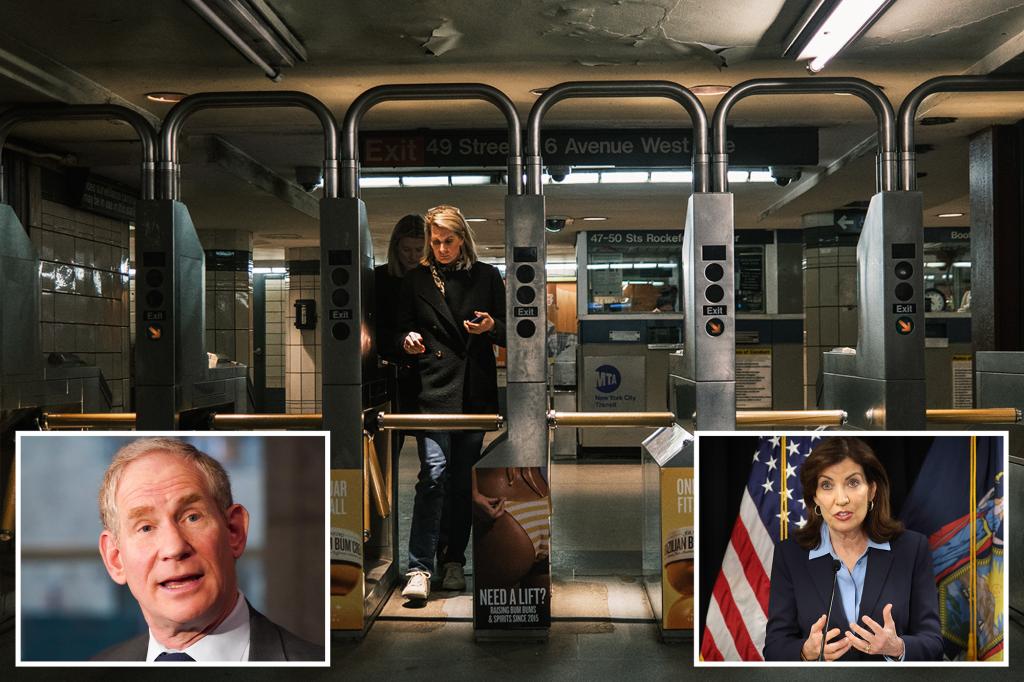It’s $3 billion in chump change.
MTA honcho Janno Lieber isn’t sweating the mammoth state budget deal not giving the transit agency its full $68 billion ask for its ambitious capital plan.
The deal leaves the plan with a $3 billion shortfall that Lieber contended Wednesday the MTA will, “in effect, self fund” by finding savings — and avoid cutting any of its sweeping projects.
“What we’re doing is being responsible, saying Albany’s now given us an assignment, which is to find $3 billion in savings,” he said during the MTA’s board meeting.
“We welcome the challenge that the legislature and the governor put to us to do projects faster, even faster, even better and even cheaper.”
Lieber’s blasé attitude over $3 billion arguably raises the question of why the MTA didn’t pursue the undefined “savings” in the first place — especially as New Yorkers keep sacrificing tax dollars to fund the troubled agency, said Andrew Rein, executive director of the Citizens Budget Commission.
Rein said the MTA already has $500 million in savings or efficiencies listed in its budget, which could easily be doubled to $1 billion.
“It’s possible to get $3 billion in savings,” Rein said.
The record-breaking $254 billion state budget deal settled months of suspense over how — and whether — Gov. Kathy Hochul and lawmakers would fund the MTA’s capital plan.
The plan aims to replace decrepit subway cars and buses, update century-old signals, make stations accessible for people with disabilities and create a light rail connection called the Interborough Express between Brooklyn and Queens.
Backroom negotiations by Hochul and lawmakers ended up settling on a payroll mobility tax hike on big businesses that would fund the plan to the tune of $65 billion — a tidy sum that still fell short of the $68 billion sought by the MTA.
Lieber still called it a “historic victory.”
He said the savings could be achieved “just by redoing the scope of some of the engineering strategy and the procurement strategies.”
“I can’t tell you exactly how we’re going to do it just this minute,” Lieber said.
Meanwhile, Rein argued the Transportation Workers Union 100 has not yet come to the table to produce massive savings through modernization.
One move that could save more than $200 million would reduce the number of workers on each train to one, down from the conductor and driver-operator, he said.
“The business community is contributing with a higher payroll tax. Drivers are paying through tolls and congestion pricing. Taxpayers are giving more,” he said.
“We are asking labor to be more efficient, to modernize.”
Read the full article here

